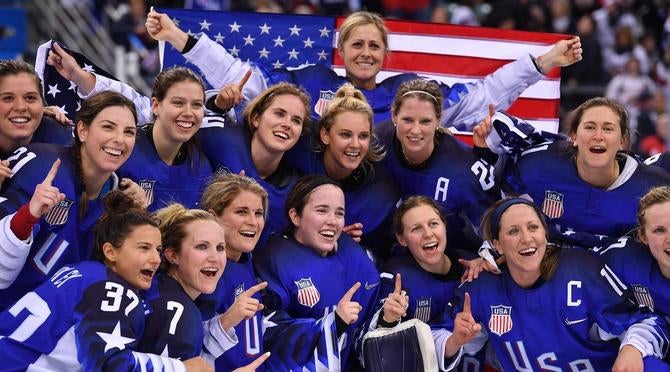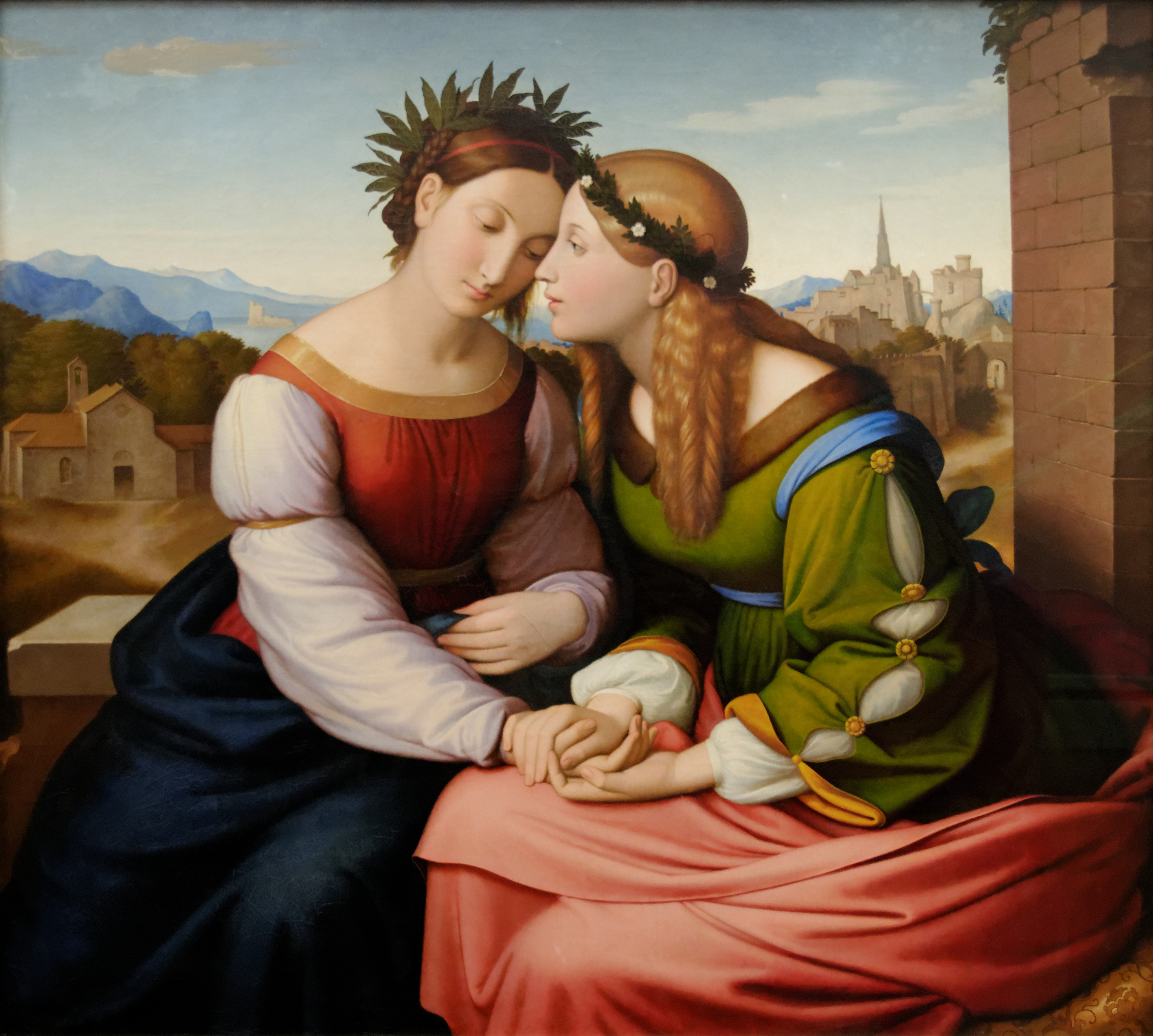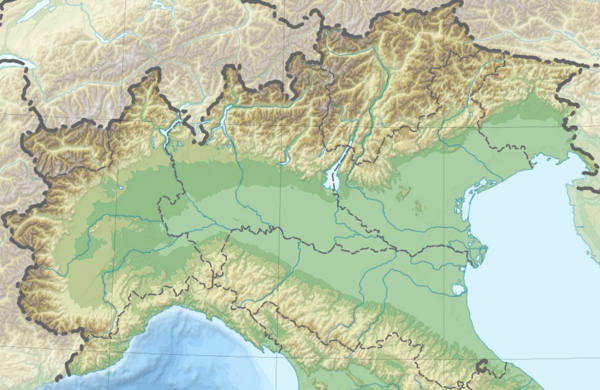Thursday, February 22, 2018
USA Women's Hockey Team steals the show.... according to many casual followers
'2018 Winter Olympics: Team USA women's hockey scores historic wins on and off ice'
The gold medal victory was an absolutely perfect ending to a landmark year for the program
Pete Blackburn - CBSSports.com - February 22, 2018
The last 12 months have been a roller coaster ride for the United States women's national hockey team, but on Thursday in Pyeongchang, that ride reached its ultimate peak -- an Olympic gold medal.
Team USA defeated Canada, 3-2, in a thrilling shootout win in South Korea to earn their first gold medal in 20 years. It was the third consecutive Olympics in which the American and Canadian women faced off in the final, and this one came 38 years to the day of the "Miracle On Ice."
For the American women, there was no miracle necessary. Thursday's gold medal game was earned on the strength of skill, execution, perseverance, heart and fearlessness. It was a perfectly fitting way to wrap up what has been an incredible last year for the Team USA women, who have earned major victories both on and off the ice.
con't...
************
Dani Cameranesi
One of the numerous important role players for the USA team--I almost want to say "fighters" due to the manner of last evenings game--was 22 year old Dani Cameranesi from Minnesota. She was one of six ex-Minnesota Golden Gophers on the team. "Cameranesi" is of Marchese origin, like a famous Minnesota native Robert Mondavi. There was a sizable migration Lombards and Marchese to eastern Minnesota way back when, from Duluth to Minneapolis-St. Paul.
.
Labels:
Canada,
Marche,
Marchese,
Minnesota,
sports,
United States,
Winter Olympics
Friday, February 16, 2018
"Italia and Germania" (1828)
Reddit: "Italia and Germania"
Italia und Germania (1828) by Friedrich Overbeck. The two girls are personifications of the countries and symbolise their common heritage and friendship.
Here in Italy there's an adage:
Italians hold Germans in high regard, but don't love them; Germans love Italians but don't hold them in high regard.
Just pointing out the Italian landscape to the left and the German Gothic town to the right.
I love how , when you have pictures of German women in Art, there hair is often braided and Italian women have their hair tied with leaves.
well, the leaves are usually laurel leaves, the plant used in classical antiquity to crown athletes, writers, and so on. It just works as a reminder of our classical past
*************************
I like Germania and Austria more
[Not my comment, but I thought it made for an interesting concept in its own right]
*************************
Is it a coincidence that each one's clothes hint at the other's flag? The green-white-red color scheme was already in use in Italy at the time, not sure about Germany.
Both nations were struggling to create their own state at the time. If anything, it represents nationalism.
Friedrich Overbeck, the painter did want to express both heritage and friendship between these cultural spheres and their common wish for unity.
Italy and Germany have always been very similar (except culturally) in their history (divided politically, then unification, WWII...), and economically (east/west, north/south divide), well at least until not that long ago.
Nah, at that time Italy and Germany weren't countries, but a bunch of small loosely knit duchies, free cities, princedoms, republics, bishoprics and what not. That was also the time that nationalism and a national consciousness was being formed. So this picture, among other things, is supposed to be a fairly nationalistic one. So, if anything, EU is against nationalism and for a more supranational approach to things.
'Italy and Germany: A peaceful meeting of opposites'
Rosemarie Fruehauf - TheEpochTimes.com - December 5, 2010
It is a meeting of dark and bright, yin and yang, of introvert and extrovert. The harmony of this painting is so compelling because it shows a peaceful connection of opposites, a talk between two different realms and approaches toward life.
Leave everything aside—German stereotypes, Italian stereotypes, and the story of the Nazarene movement—and you are looking at a timeless painting about friendship.
.
The Nazarenes
The two ladies, Italia and Germania, in the painting by Johann Friedrich Overbeck, (1789–1869) represent two ideals of art: the art of the early Italian Renaissance as found in the young Raphael, and the German late-Middle Ages paintings like those of Albrecht Dürer. These were the ideals the painter Overbeck venerated and from which he drew his artistic inspiration.
The two girls can also be seen as symbolizing the church and the state. Overbeck and his artist friends of the Nazarene movement postulated that the partners of art should be the church and the state, a view that was regarded as old fashioned and reactionary in a time when art suddenly had to search for reasons to validate its existence.
The industrial revolution was dawning, and both the bourgeoisie and artists were growing ever more independent. In these days at the brink of the 19th century, Overbeck and some fellow students of the Academy of Vienna were dissatisfied with the lack of heart and soul in the prevalent Neoclassicism and with the conventional art education in the academy system.
In the meetings and discussions they held in a loose circle from 1808, they found their Christian ideals manifesting in the earlier European art. Four of them, including Overbeck, left the academy in 1810 and traveled to Rome. In Italy, they hoped to live a life in the way of the old, “true” artists. Making an impact in Rome. They called themselves the “Brotherhood of St. Luke” (St. Luke is the patron saint of painters) and after occupying the abandoned monastery of San Isidoro, conducted a quasi-monastic life, dedicated to praying and painting.
Soon they became known among their detractors as well as supporters by the quizzical nickname “Nazareni” (for their long-haired, biblical appearance) and were joined by other like-minded personalities. The greatest achievement of the group was the reviving of the old fresco technique that had almost been forgotten.
With two major commissions, the wall paintings of Casa Bartholdy and the Casino Massimo in Rome, they could establish an international reputation. By 1830, all the Nazarenes had returned to Germany, where many of them became acclaimed teachers and chairmen of art academies.
Overbeck, as the figurehead of the movement, rejected all offers and stayed in Rome, where he lived his dream until his death in 1869. Though admired by fans and followers, he was ridiculed by his more practical-minded contemporaries.
The Nazarenes were disillusioned over the rationalism of the enlightenment movement that had discredited itself in the terror of the French Revolution.
They preferred a society based on belief. That is why they saw the Middle Ages in a very positive light. With its simplicity and honesty, the Middle Ages became their favorite period of history.
“Italia und Germania” was especially seen as the Nazarenes’ programmatic painting, as it extols the two branches they considered to be the highest ideals of art—the early Italian Renaissance in the spiritual and introverted Madonna-like figure, together with the natural, yet proud German Middle Ages artistry represented by the blond girl.
The Nazarenes were the first art movement in a modern sense—a group of people who met to formulate an ideology of what art should be like and then worked for it. This painting exemplifies and convincingly broadcasts what they sought in art. The painting works perfectly in iconography, technique, and compositional style. Here, their dream and message is given a shape.
The Painting
The painting becomes more meaningful and beautiful the longer one looks at it. Its clear and simple coloring, supported by the stunningly smooth surface, which hardly shows a brush stroke, attracts one’s eyes naturally.
The girls are in the midst of an intimate talk. They seem to be very close, peacefully and lovingly connected. This comes mainly through the composition, as there are a lot of oval forms, which echo each other.
There is the big oval going from their shoulders to their arms and conjoined hands. There are also the ovals of the necklines that Overbeck made the same size, the similarities in the dresses, like the belts and white sleeves of their blouses as well as the floral wreaths corresponding to each other. The pink wrap that drapes the lower part of Germania’s body with its soft pleats frames and emphasizes this big oval dynamic of the setting.
It looks like a religious painting on first glance due to the strong triangular composition in which the two figures are rendered. This is what we have seen in countless saintly images, especially in the Raphael Madonna paintings. The two figures become like saints.
As in Renaissance art, Italia and Germania fill the well-balanced format, and the landscape becomes secondary. With its humble green and blues, it just illustrates a surrounding. Details tell us about the ladies’ identities: Italian architecture and the Mediterranean sea feature the background of Italia; a Gothic city and the Alps decorate Germania’s side.
Sacred Friendship
Their friendship is idealized and made sacred in the way Overbeck depicts the girls because of the harmony, dignity, and quietude of the composition. Their strongly idealized faces cannot count as portraits. Their skin is amazingly white, shimmering like porcelain. Yet this seems to be more than just a conceptual work, as it features a very natural and human conversation.
Although the two are connected, they are independent of each other; their eyes do not meet. They are conjoined by their hands, the compositional triangle shape, and multiple round forms. Each woman has her own personality and emotional quality that goes beyond the idealized portrayal. As a profile portrait, there is almost breezy cuteness in the way the blond Germania stretches her nose in the air. The blooming floral wreath comes across as extroverted and friendly. Its blooms are repeated as golden buttons on her sleeve. She leans toward the dark-haired one and holds both her hands around the others hand. She’s obviously talking to her. Some feel that she’s comforting her friend.
The image of the dark-haired Italia, with its classical three-quarter perspective and the red and blue garments she’s wearing, repeats countless Madonna portrayals. We perceive her to be introverted and almost melancholic as she holds one of her hands in front of her body as if protecting herself. She looks humbly down to the ground while her blond companion curiously looks into the landscape while talking.
The dark lady’s dress is in comparison much simpler; there are no ornaments on it. The laurel wreath she wears is the only thing that gives an idea of her Mediterranean origin and adds a little peculiarity to an otherwise perfect image of Mary.
The two become a symbol for the possible union of opposites and a peaceful dialogue of different temperaments.
.
Tuesday, February 13, 2018
Northeast Alps - Winter sports stronghold
As we're now well into the 2018 Winter Olympics in PyeongChang, it should be noted that the northeast Alps is overwhelmingly the source of Winter Olympic athletes for Italy. Close to half of the Italian team are natives of the South Tyrol alone; with the vast majority of the rest being natives of Lombardy, Trentino, and Tri-Veneto Alps. Südtiroler Dominik Windisch has already won a bronze in the Men's 10km Sprint Biathlon. Even China only has one silver so far, as it's still early.
The Italy at the 2018 Winter Olympics Wikipedia page gives a rundown on all of the events and athletes of the Italian team. Speed skater Arianna Fontana and Alpine skiiers Sofia Goggia and Nadia Fanchini are a few that I'm watching. In last months' World Cup in Austria, Italy took all three medals in the Woman's Alpine Downhill (image below); Sofia Goggia, Federica Brignone, and Nadia Fanchini ('Goggia leads Italian sweep at World Cup downhill').
NBCOlympics.com
.
The U.S. equivalent to the northeast Italian Alps is Colorado. In fact, many winter athletes from around the world train in the mountainous state. 17 year old snowboarder and Colorado native Red Gerard was the first American to win a gold medal for the slopestyle snowboard event. Michigan native Ryan Pivirotto, with roots in the Veneto Alps apparently, is an American short track speed skater.
.
The Italy at the 2018 Winter Olympics Wikipedia page gives a rundown on all of the events and athletes of the Italian team. Speed skater Arianna Fontana and Alpine skiiers Sofia Goggia and Nadia Fanchini are a few that I'm watching. In last months' World Cup in Austria, Italy took all three medals in the Woman's Alpine Downhill (image below); Sofia Goggia, Federica Brignone, and Nadia Fanchini ('Goggia leads Italian sweep at World Cup downhill').
NBCOlympics.com
.
The U.S. equivalent to the northeast Italian Alps is Colorado. In fact, many winter athletes from around the world train in the mountainous state. 17 year old snowboarder and Colorado native Red Gerard was the first American to win a gold medal for the slopestyle snowboard event. Michigan native Ryan Pivirotto, with roots in the Veneto Alps apparently, is an American short track speed skater.
.
Labels:
Colorado,
italy,
Lombardy,
South Tyrol,
sports,
Trentino,
United States,
Veneto,
Winter Olympics
Saturday, February 3, 2018
La Marca sparkling wine from the Veneto.... now at all major retail stores
Although La Marca is fifty years old this year, it has only really exploded onto the American market in only the last several years it appears. It has an apple taste, goes down easy, and is available in various size bottles. La Marca USA is located in Hayward, California.
*************************
Prosecco Fresh with La Marca: Open that bottle and appreciate the finer points of Prosecco --the wine and the region-- as La Marca winemaker Fabrizio Gatto talks bubbles with Wine Spectator's Gloria Maroti Frazee.
*************************
LaMarca.it
La Marca came into being in 1968 from the intuition of a noteworthy group of winegrowers who felt the need to introduce the quality of their local wines to the world. They came together to pool their energies and experience to protect and represent their wines with greater strength.
It was of the utmost importance to create a technical and commercial organization able to support the winegrowers in growing grapes and serve as a commercial platform to promote awareness of the area’s quality wines. The company continued to grow year after year working with high levels of professionalism on the quality, the image and typical characteristics of the territory.
 La Marca is today a wine producing company representing the products of 9 cooperative wineries in the Province of Treviso with over 5000 winegrowers on vineyards extending over approximately 10.000 hectares. The majority of these lands is cultivated with Glera, named after the historic variety from which Prosecco is obtained.
La Marca is today a wine producing company representing the products of 9 cooperative wineries in the Province of Treviso with over 5000 winegrowers on vineyards extending over approximately 10.000 hectares. The majority of these lands is cultivated with Glera, named after the historic variety from which Prosecco is obtained.The company is named for its place of origin, La Marca Trevigiana (March of Treviso), located in the heart of the Province of Treviso, between the plains and hills of the Conegliano-Valdobbiadene Doc and DOCG areas (Controlled Designation of Origin and Controlled and Guaranteed Designation of Origin), where its grapes are grown.
Know-how handed down through the years, experience and winegrowing professionalism, sectorial expertise and dynamic commercial strategies are the keystones that make it one of the most representative and visible companies in the Prosecco world.
We are committed to uniting tradition with innovation, as well as native know-how with advanced technology. In addition to working together for a sustainable viticulture that thinks about protecting future generations, we also believe in respecting natural resources which ensure characteristic wines that are strongly rooted in the territory.
La Marca markets white and red wines, Prosecco DOC, Prosecco Treviso and Prosecco Conegliano Valdobbiandene DOCG, under the brand-names of La Marca, Millage, Foscaro, San Nicola and Torri Della Marca.
.
Subscribe to:
Posts (Atom)







